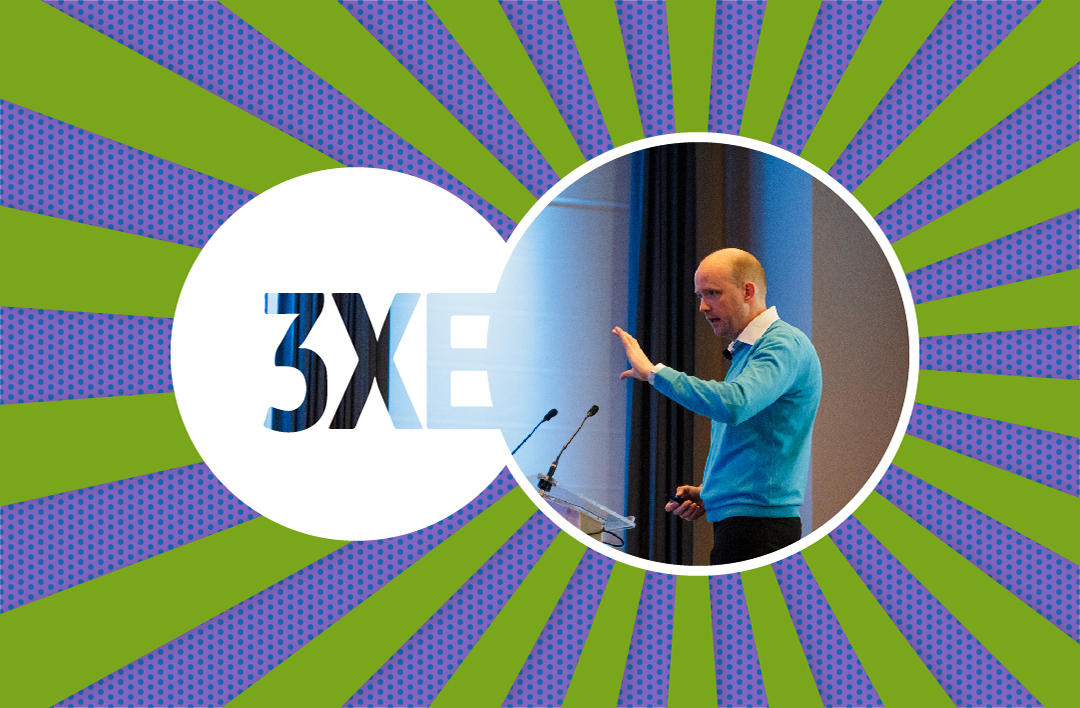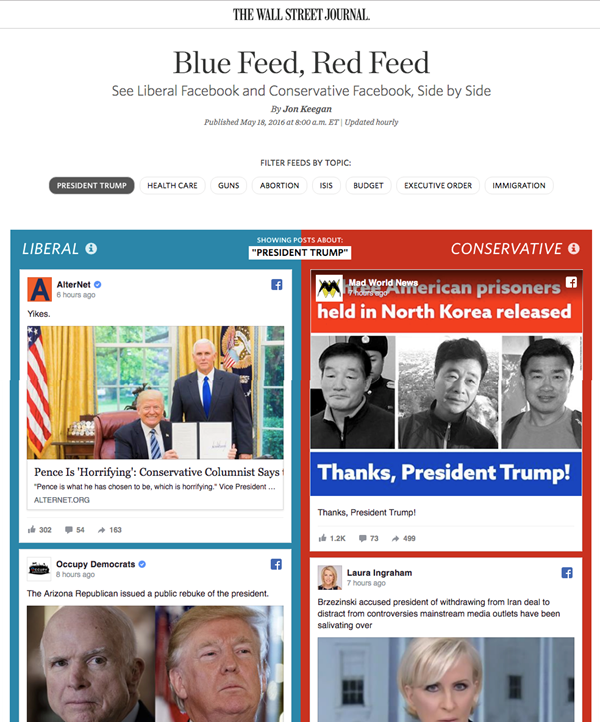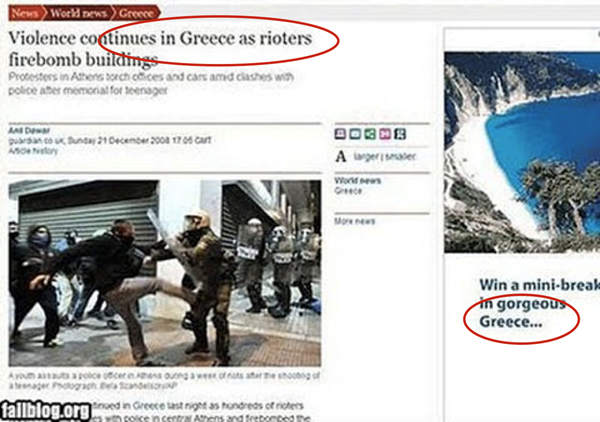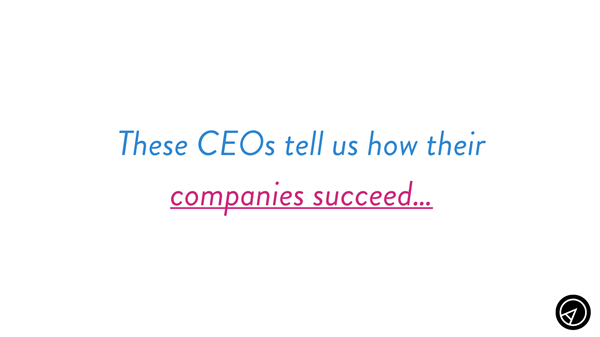Nothing Worse Than A Bad KISSer - Part 2

As part of 3XE Digital's "Content in Social Media" event on May 11th, 2018, Arekibo were invited to participate. Tady spoke about keeping it sweet and simple in social media. In the next couple of blog posts, Tady recounts his talk for you here.
In our last post, we looked at how considering how to distribute our content in a more conscientious manner creates a greater return for our content. It gives it more worth, that we can leverage again and again. We looked at how to consider dispersal and how to maximise the return of that content. In this post, we’ll look at some aspects of the content itself and some pitfalls to avoid.
When we interact with our clients online, no matter what the platform, there are a number of psychological triggers that fire, on both sides of the interaction. Let’s take a customer support request as an example:

It’s a pretty simple tweet and we’ve seen it’s like everywhere. What social media allows us to do is interact with that user directly:

One thing business tends not to do is own their mistakes. Often, they’ll backtrack on a promise or ask, “Can we DM to discuss?” This hides the problem, and often the solution from other users. This leads to distrust. Having an open discussion with a disgruntled customer in public can (not always but often) show empathy on the business’s part and makes them “more approachable and human”. It’s this portrayal that adds value to the brand and encourages users to interact. Sometimes too, the humour of the humanity can lead to very popular press and a general good feeling towards the brand. This happened in May 2017, when a teen named Carter Wilkerson in the US tweeted at Wendy’s asking how many retweets it would take to get free nuggets for a year:

While he didn’t achieve his 18 million retweets target, he did manage to top 3.6 million and Wendy’s have honoured the deal, due to the huge amount of positive (and free) press this generated for them. (We're not obsessed with fast food in Arekibob y the way, these topics just helped to make a point!
Obviously, it is not possible to engage with absolutely every user, especially with a large brand. Twitter themselves are notorious for their lack of response to direct customer queries. But for a small business or a business with a small or growing social media presence, intelligent interactions with clients can not only build customer confidence but also brand awareness and interest. However, there can be pitfalls to these interactions, and this is why businesses in general should make sure to pick their battles. Chief among these is the echo chamber.
An echo chamber environment happens online when a person or business follows or is followed by customers and users who agree with and are aligned to their message. Everything the business or their customers say, is in harmony with the company’s goals. However, one user gets upset and is not responded to or is marginalised by other users, content with the service or product. This can very quickly spiral out of control. The reason for this is that the business, is not attuned to the needs, wants or complaints of those they are not following or who are not following them. This means that their issues go unchecked and bad press and publicity is generated outside the realm of the businesses online interactions. Users are absolutely guilty of this, suffering from re-affirmation bias (“I think this.” “I think this TOO!”) from their peers. Businesses cannot afford to treat their online presence as a singular user. It must be representative of the company and be ready to interact with all voices, both positive and negative. If a company chooses to ignore the negative, because that is what it is, then ultimately, that negativity will organically infest any positive influence the company has online. It will remain an undercurrent of negative sentiment and pop up on forums and in comments on news posts.
A clear example of how echo chambers work from a user perspective are the respective fall-outs of Brexit and Donald Trump’s election as US President. I, for one, never thought either could happen.
Everything in my social media presence told me that the friends and peers I had were intelligent, rational, reasonable people and that, there was no way the world could allow this happen. Much later, I was sent a
link to a Wall Street Journal page, which compares the Liberal and Conservative sides of Facebook. The results are eye-opening.

When compared to each other, it is hard to believe that both discuss the same administration or government. It seems like two parallel universes. So as companies, and as users, we owe it to ourselves, to our brand and to our users/clients, to recognise that our customer base is broad and varied and may not all be content. How we deal with those that are not happy, illustrates to others how we value their custom.
When we think about the content we publish, we often think about the old adage that “Content is King”. However,
where that content appears can be equally important. It is with this in mind that, specifically in social media circles,
Context is King. Gary Vaynerchuk says, “If content is king, then context is queen.” Context is derived from asking questions regarding our content, such as:
- Where are we posting to?
- What is the platform?
- What is the demographic of our audience?
The context in which we present our content is everything. Less is always more and beware of cognitive bias. We’ll come back to that in a minute.
If we take some examples of online and offline news stories of recent years:


These illustrate how machine learning and pre-approved advertising don’t always work to our favour. We see regular campaigns now for the boycott of advertisers in the Daily Mail, and companies whose banners appear on websites such as Breitbart News. We can’t always know where our adverts and publicity will appear, but as businesses, it becomes more important all the time to be conscientious about where they
might appear and take the appropriate actions to exclude them from locations which can do the company harm.
While thinking about works, it’s hard to avoid clickbait.
Clickbait really, really works. There are a number of reasons for this, and a lot of them relate to game theory, which I touched upon in my article “
Gaming UX”. The interesting thing about clickbait is that its effectiveness is measurable and quantifiable. The reasons it works are:
- It uses emotional manipulation (i.e. it makes you feel).
- It claims to fill the information gap theory of curiousity
- It creates anticipation
Looking at each of these individually, let’s look at the following typical templated clickbait title:
.png?width=600&height=336)
While it might not be obvious, the phrase “You won’t believe…” uses emotional manipulation to grab our attention. “Maybe I will believe” is your response, but this is a gauntlet thrown down. It challenges the user to prove the clickbait wrong. Often these three words or the emotional hook part of the clickbait title will be in all capitals, bold, italic or in some form of emphasis, to draw the user in.
Coupled with the emotional manipulation, in the challenge there is the information gap. Our curiousity is peaked because, this is true, we might not believe what happens next, but we want to find out. The information gap theory of curiousity is the gap between what you know, what you want to know, and the thought that you didn’t even know what you didn’t know! It’s incredible how simply the use of very simple phrases can entice our users and create clickbait effects for maximum return.
Finally, there is an anticipation (here comes the science bit!). A promise has been made by the title. It promises to inform us of something we didn’t know before. In response to this, our limbic system gives us a shot of dopamine BEFORE we’ve even clicked the link. This pleasure hit means that, it doesn’t matter whether we actually get the response we expected or not, we’ve been physiologically rewarded before we get to the article behind it.
Once our user is in our article, it is up to us to deliver. Studies have shown that users who click on clickbait titles encounter the “gamblers paradox.” This is where, even if the article doesn’t deliver on the promise, our user’s brain thinks “Maybe the next one will” so they keep clicking.
While these factors have all been studied and not providing a reward can work in a news or in a purely “Buzzfeed” clickbait environment, it’s not recommended that businesses use this model in their brands. The majority of brands are singular in purpose (i.e. promote and sell the brand) so to not reward a page title with the actual information promised, can tarnish that brand. Our personal recommendation on this is to deliver on your promises!
“that means that we need to sort of give you a little dopamine hit every once in a while, because someone liked or commented on a photo or a post or whatever. And that's going to get you to contribute more content, and that's going to get you ... more likes and comments… It’s a social-validation feedback loop"
Sean Parker, May 2018
Just prior to giving the talk these articles are based on, Sean Parker said the above, giving merit to the points illustrated.
Clickbait titles in themselves follow a pattern. They’re vague, ambiguous and hyperbole.

- Vague: What CEOs? What companies?
- Ambiguous: All CEOs? All companies?
- Hyperbole: Succeed at what?
Clickbait doesn’t have to be obvious either. Titles like:
- “Our research on users over the age of 65 gave us some surprising results”
- “Users outside Ireland are looking for interesting results from Irish companies”
Do not scream clickbait, but all the same, both have an intriguing promise without being specific.
A word of caution on cognitive bias: just because we find something interesting and useful within the context of our company or our own specific needs, does not in and of itself make that “thing” interesting or useful. This is why, when designing and planning the user experience of websites and applications, while it is important for us to understand the client’s wants and needs, we will primarily work with our client’s customers and users, to understand how they will gain the most use from the product. We often get requests like:
“Yeah I’m just gonna have to go ahead and ask you to put Form 34B/c.2 on the homepage with a large CTA button.”
Our first question in this context will always be “Why?” What purpose does it serve? What is its context? Who is it helping? And most importantly, what problem does it solve? If we can’t provide analytics or a rationale to explain why this link should be created on the site or application, we quite often push back and refuse until such statistical reasoning can be provided.
Also, the word “JUST” is one of the most dangerous words in the business.
Just put a link to it on the homepage
Just put a post on Facebook
Just add a Twitter feed
“Just” assumes ease and assumes a simple solution. It’s an incredibly lazy mindset. If a statement begins with “Just…” it is your job to stop, ignore the statement and rethink the problem. The solution is NEVER found with “Just…”
Brad Frost, a developer and speaker has written about this from a developer’s perspective.
“Just install the latest version of PHP and update NPM and rebuild your solution.”
Regardless of whether we’re talking about development, design, SEO or marketing, Just has to go.
Treat your content with the respect it deserves. Just don’t say just.
Watch a video of this talk and read some Q & A responses from Tady with 3XE Digital